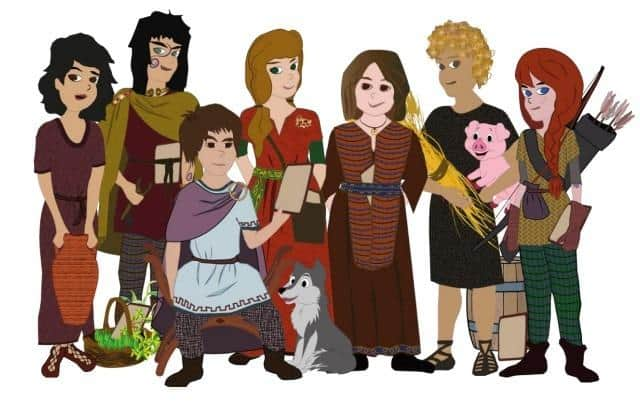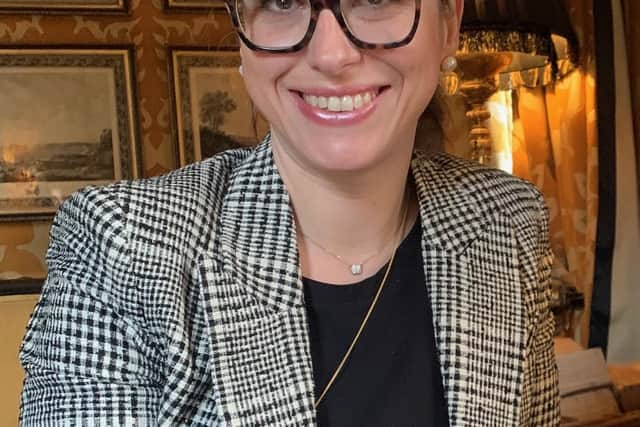Digital resource lets youngsters come face to face with Iron Age predecessors
A pioneering new digital educational resource will allow youngsters to engage with fictional characters from the nation’s Iron Age and Roman past in the hope of challenging entrenched ideas about ethnicity, culture, and race.
The Chatterpast resource aims to tackle some stubborn myths and misconceptions from history by allowing children to interact directly with the avatars and learn more about the way of life and multifaceted identities.
Advertisement
Hide AdAdvertisement
Hide AdThe project, led by Dr Chiara Bonacchi, a senior lecturer at the University of Edinburgh’s school of history, classics, and archeology, is not just viewed as a way of providing children with a more rounded understanding of the past.
The team behind it points out that by promoting the concept of tolerance, the resource can help inform their views on important contemporary social and political issues.
Chatterpast draws on the resources of leading museums and heritage venues, including National Museums Scotland and The Hunterian in Glasgow, to present depictions of youngsters from bygone eras.
One of the characters featured in the teaching tool is Enica, a young girl based on the communities of crannog dwellers who lived on Loch Tay around 2,500 years ago.
Teachers and pupils are able to converse with her using a series of set questions, with the virtual conversation varying depending on what is asked.


One branch of conservation, for example, sees Enica explain the architecture behind her crannog - typically timber roundhouses, supported by wooden piles driven into the loch bed.
She goes on to discuss issues such as languages, borders, and identity, part of a range of themes covered by Chatterpast, which include religion, slavery, and gender equality.
Other imaginary characters brought to life in the resource include Catia, a young girl born into an enslaved family owned by the pro-Roman leader, Tiberius Claudius Togidubnus.


Advertisement
Hide AdAdvertisement
Hide AdThe choice of a character from Scotland’s Iron Age past was no accident. In fact, it was central to the project’s aims. Dr Bonacchi and her team - including Dr Kate Sharpe from Durham University, who led on the co-production of the education resources and the guidance - reasoned that the depictions of that era in museums, books and films often reinforced stereotypes of a “barbaric” people.
Dr Bonacchi’s research has shown that perceptions of the distant past can be skewed by an overemphasis on conflict, and a reliance on caricatures. Such impressions, often learned in childhood, can end up fostering antagonism towards particular ethnic groups in later life.
“Chatterpast is intended to help teachers and educators discuss tolerance through presentations that challenge entrenched, binary ideas about Iron Age and Roman pasts,” explained Dr Bonacchi.
“We hope to encourage discussion about how our experience and understanding of the past influences the ways in which we perceive ourselves and others in the present.”
Dr Bonacchi said although Chatterpast was designed for teachers and educators, its web-based storylines can be used directly in school with children. The team is currently working with Archaeology Scotland to identify classrooms that would like to pilot the resource.
Chatterpast is part of a wider project called Co-producing Tolerant Futures through Ancient Identities, which is funded by the UK Arts and Humanities Research Council.
Comments
Want to join the conversation? Please or to comment on this article.
